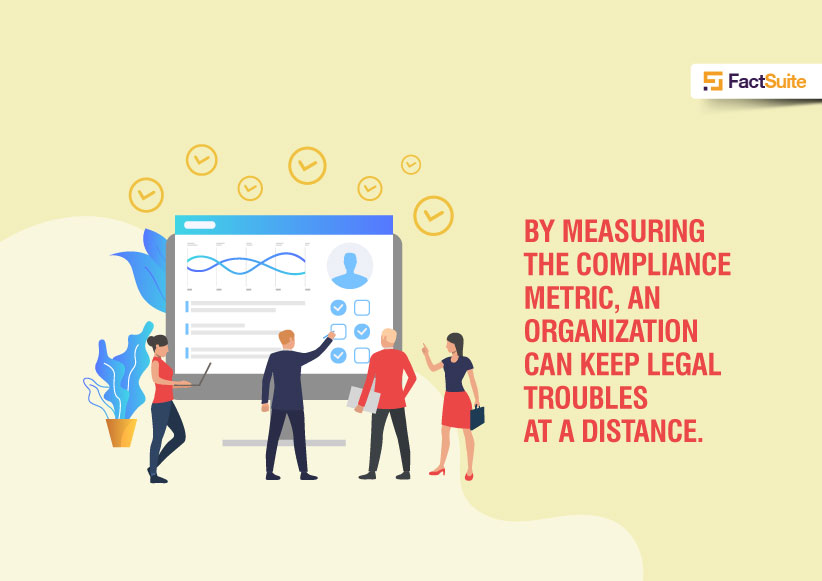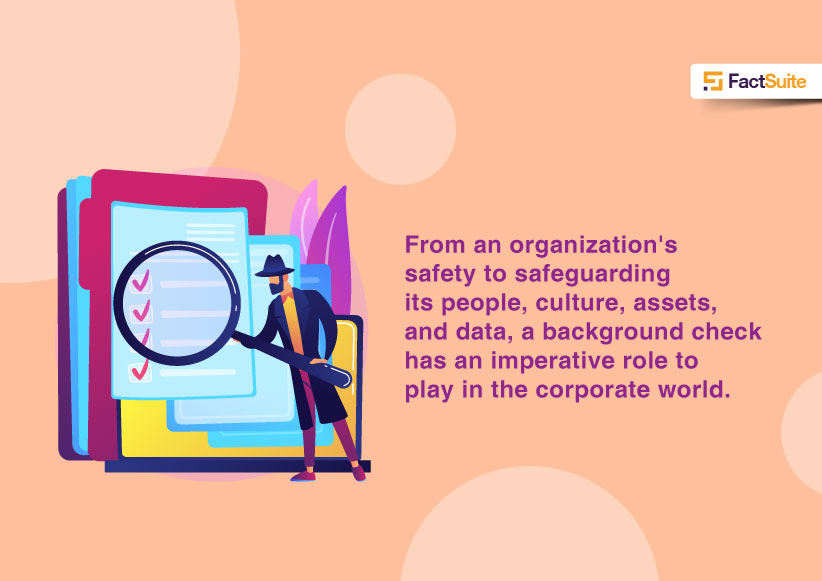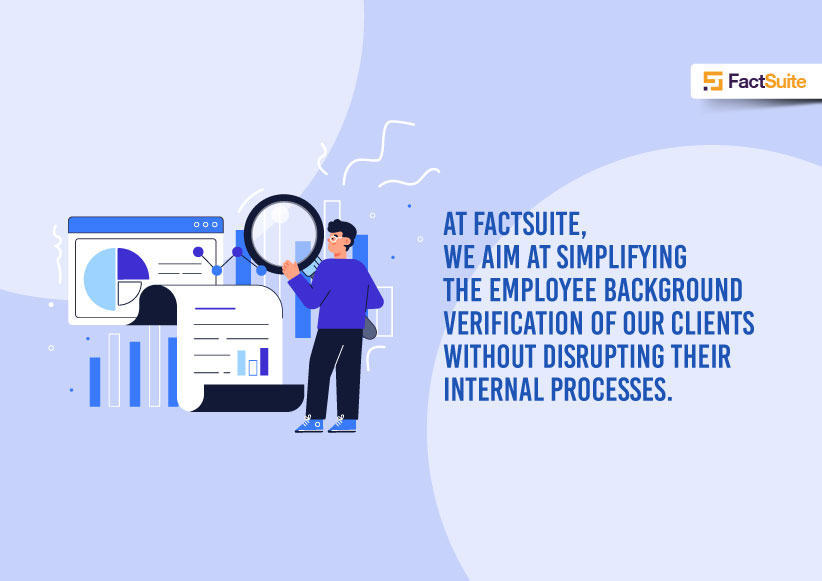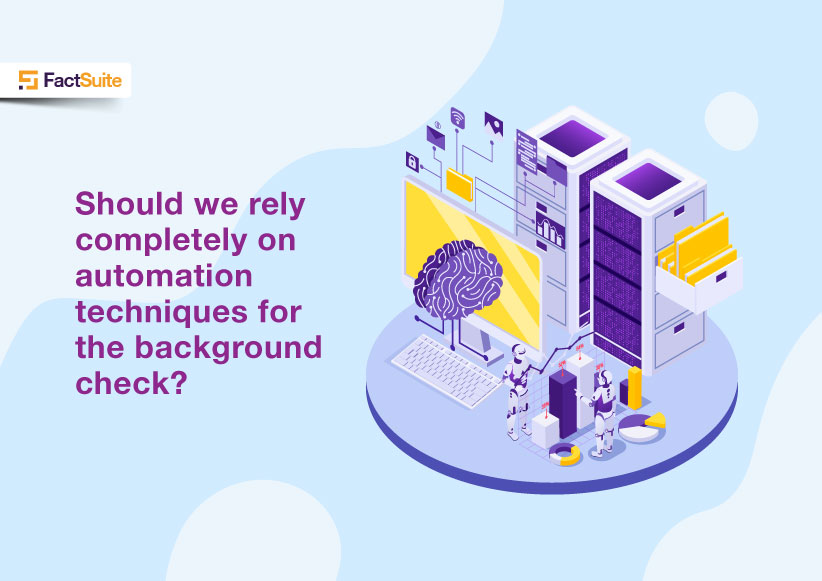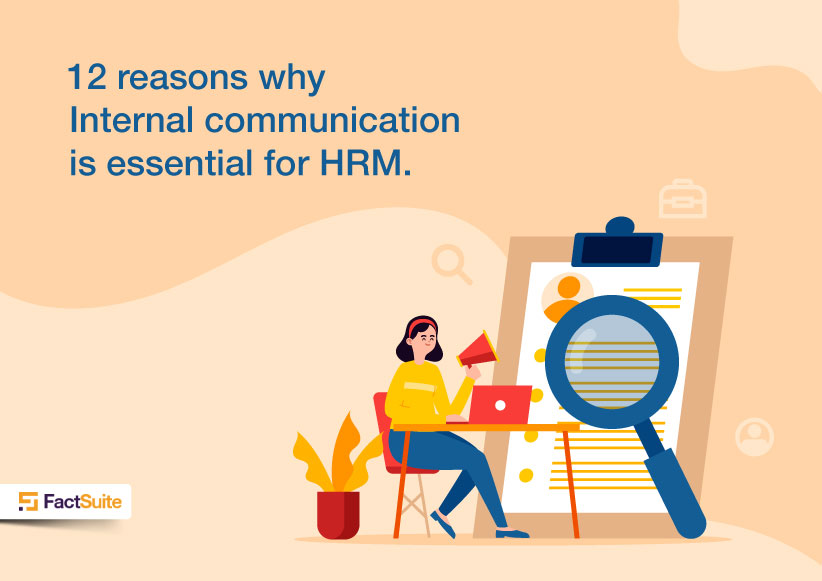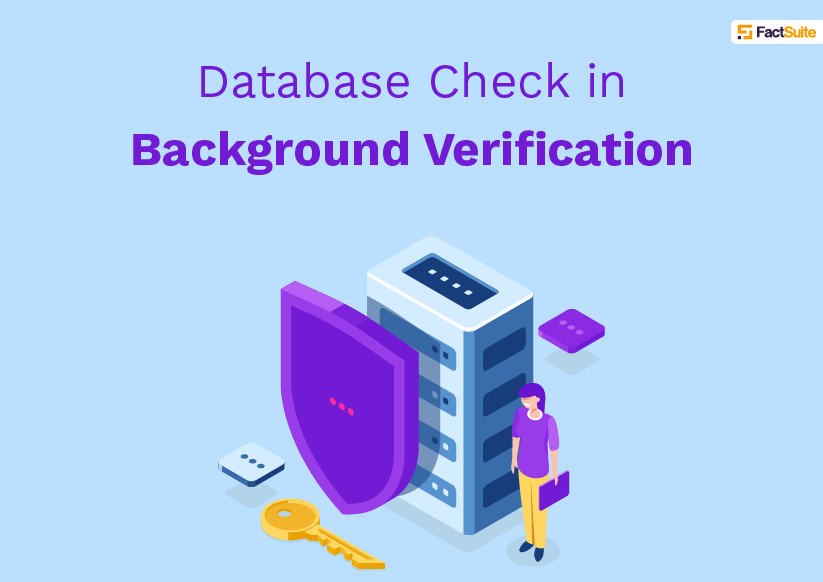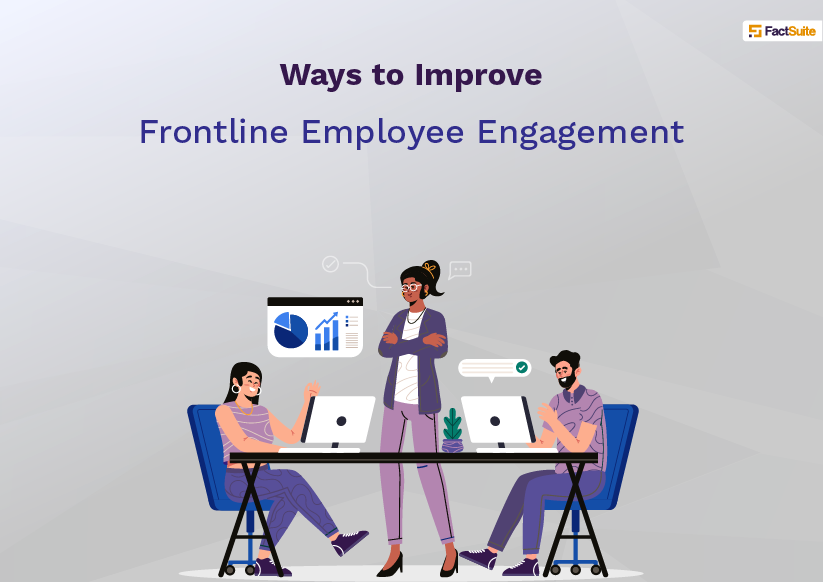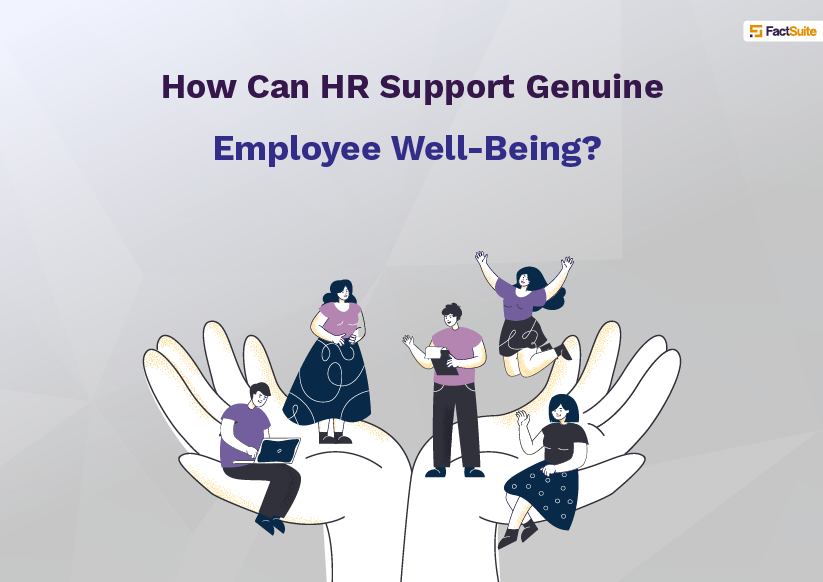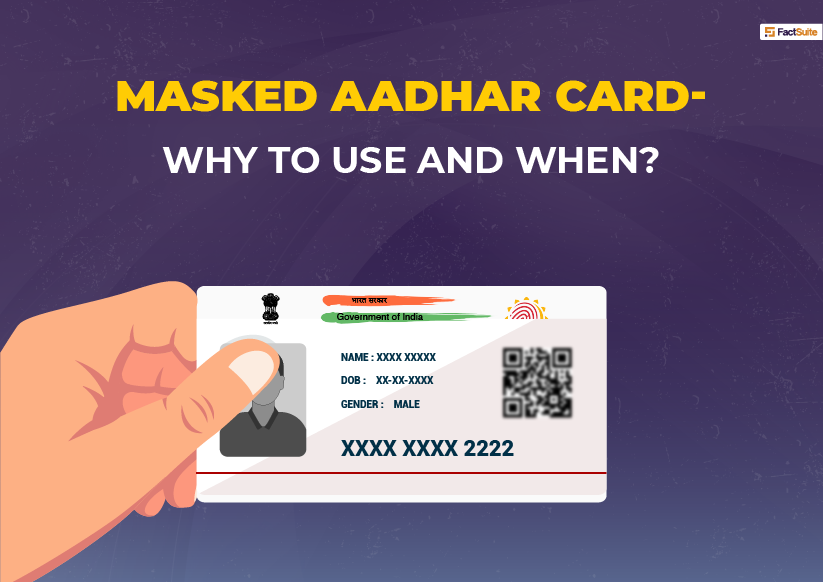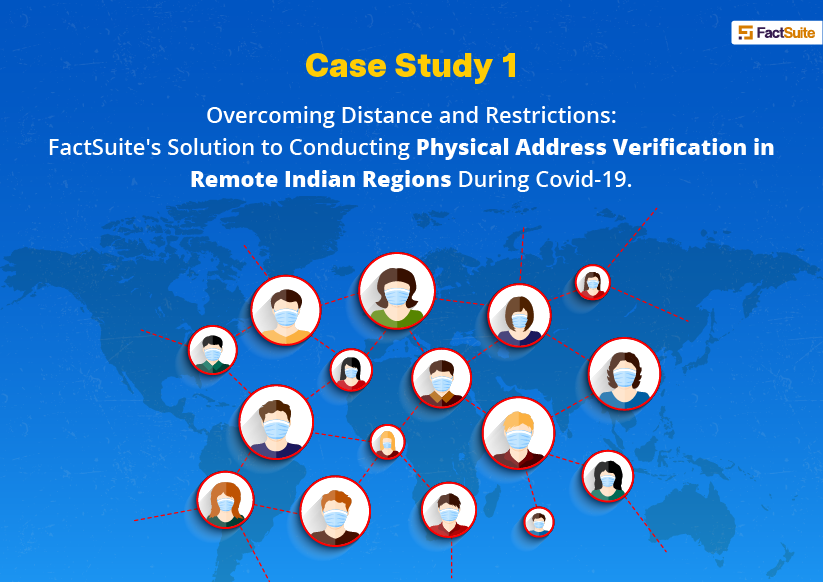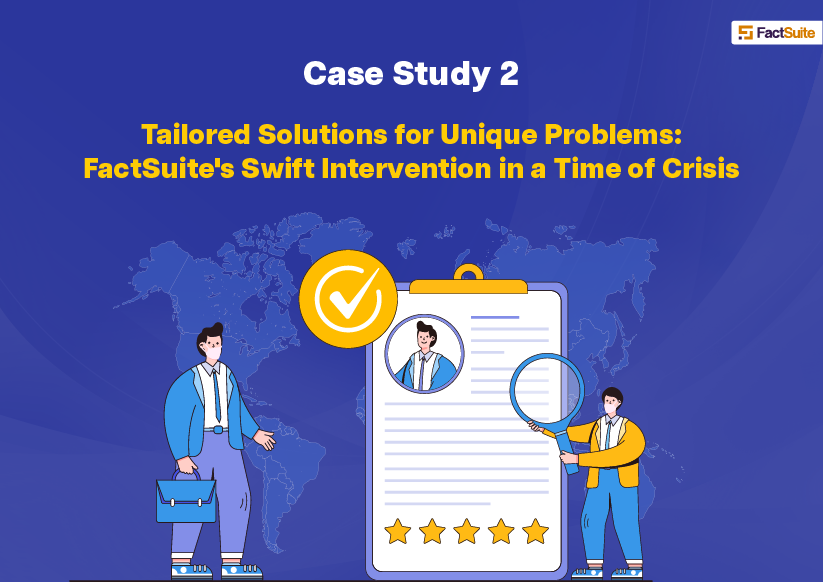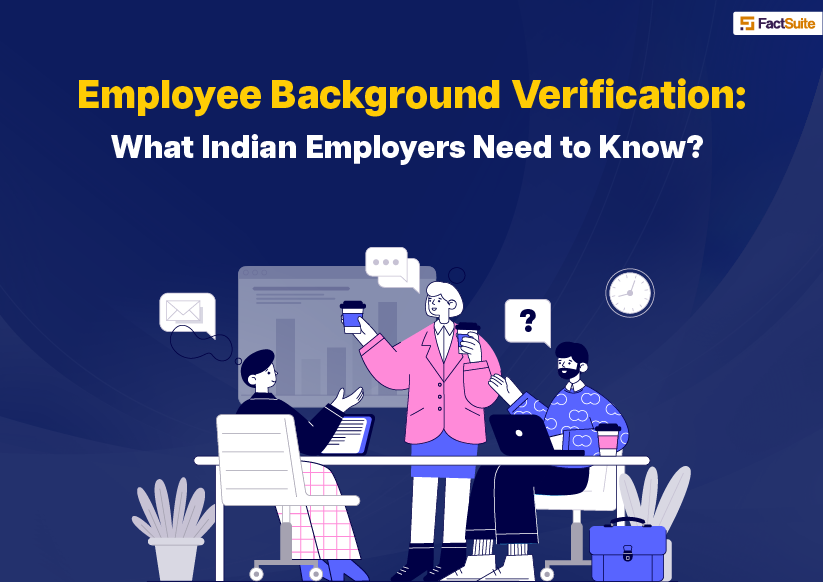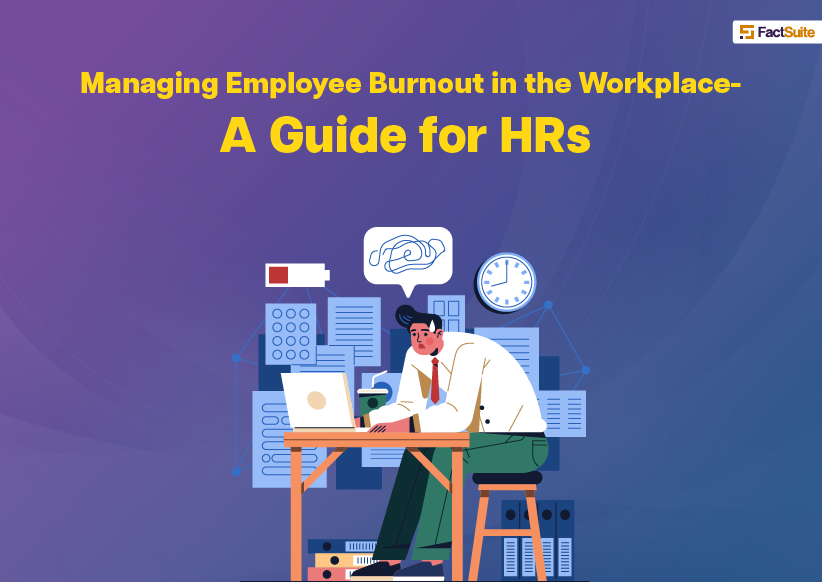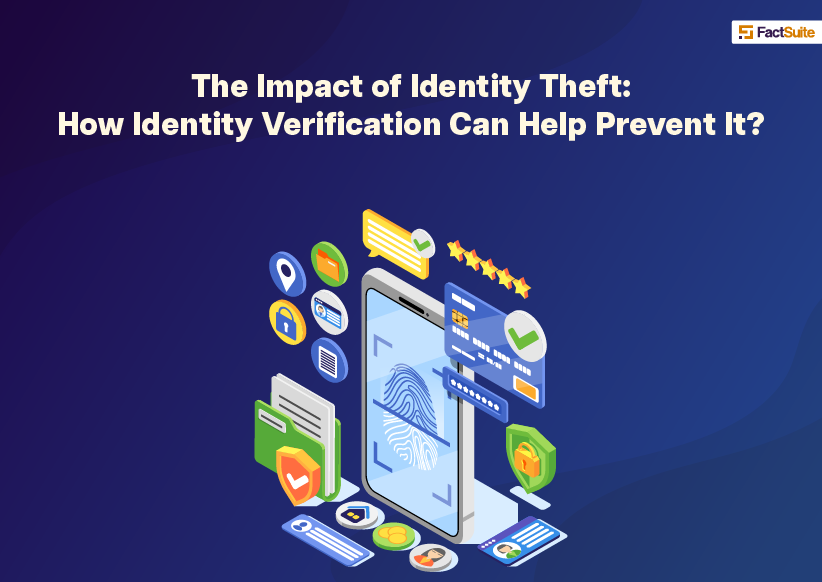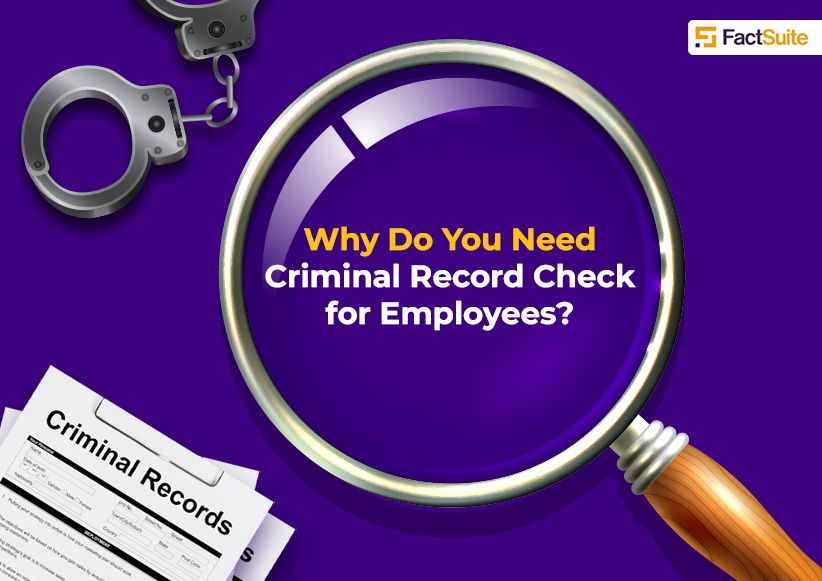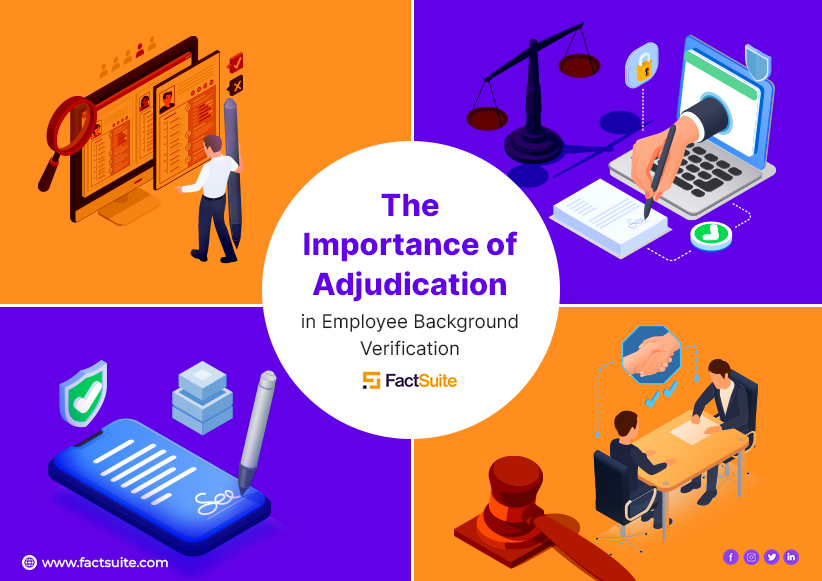Why Companies Should Verify the Identity and Credentials of Support Staff?
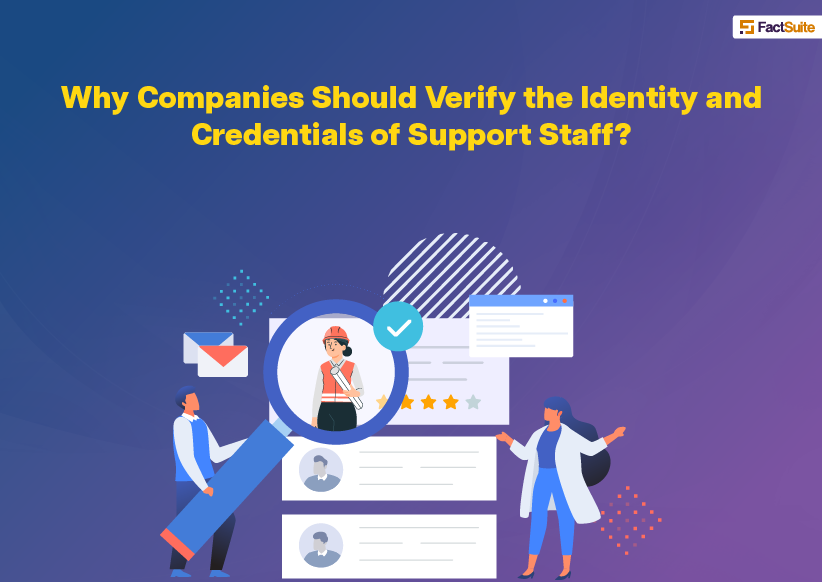
Table of Contents
-
Introduction
-
Importance of Verifying Identity and Credentials
-
Risks of Not Verifying Identity and Credentials
-
Methods of Verifying Identity and Credentials
-
Challenges and Limitations
-
Best practices for implementing identity and credential verification
i.Defining Verification Policies and Procedures
ii.Using Reputable Verification Services
iii.Consistently Applying Verification to All Staff
iv.Regularly Reviewing and Updating Verification Processes -
Conclusion
Introduction
Support staff play a critical role in the success of any company. They are the backbone of the organization, handling administrative tasks, providing customer service, and ensuring that operations run smoothly. However, many companies overlook the importance of verifying the identity and credentials of their support staff, which can lead to serious consequences. In this article, we will explore the importance of identity and credential verification, the risks of not doing so, and best practices for implementation.
Importance of Verifying Identity and Credentials
One of the primary reasons for verifying the identity and credentials of support staff is to ensure the security and safety of the company and its employees. By verifying the identities of support staff, companies can ensure that only trustworthy and reliable individuals are hired. This can help prevent incidents of workplace violence, theft, and other forms of misconduct.
Another important reason for verifying identity and credentials is to protect sensitive information. Support staff often have access to confidential information such as customer data, financial records, and trade secrets. By verifying their identities and credentials, companies can ensure that this information is not compromised.
Verifying the identity and credentials of support staff can also help prevent identity fraud and theft. This is particularly important in industries such as finance and healthcare, where sensitive personal and financial information is at risk. By verifying the identities of support staff, companies can reduce the risk of identity theft and other forms of fraud.
Finally, verifying the identity and credentials of support staff can help establish trust with customers. Customers want to do business with companies that take security and privacy seriously. By verifying the identities of support staff, companies can demonstrate their commitment to security and privacy, which can help build trust with customers.
Risks of Not Verifying Identity and Credentials
The risks of not verifying the identity and credentials of support staff are significant. One of the most significant risks is a negative impact on reputation. If a company hires individuals who are not trustworthy or reliable, it can damage the company's reputation and lead to loss of customers.
Another risk of not verifying identity and credentials is increased liability and potential legal issues. If a support staff member causes harm to a customer or employee, the company can be held liable for the employee's actions. If the employee's identity or credentials were not verified, the company may be seen as negligent in its hiring practices, which can lead to legal issues.
Finally, not verifying the identity and credentials of support staff can lead to financial losses due to fraud and theft. If an employee engages in fraudulent activity or steals from the company, it can lead to significant financial losses.
Methods of Verifying Identity and Credentials
There are several methods of verifying the identity and credentials of support staff. These include:
Background checks: These checks can include criminal history, credit history, and other relevant information.
Verification of employment history and education: This can include checking references, verifying employment history, and verifying educational credentials.
Drug testing: Drug testing can be used to ensure that support staff are not using drugs that could impair their judgment or performance.
Reference checks: Reference checks can be used to verify the character and work history of support staff.
Challenges and Limitations
There are several challenges and limitations to verifying the identity and credentials of support staff. One of the biggest challenges is legal limitations on what information can be obtained. Companies must ensure that they comply with all relevant laws and regulations when conducting background checks and other forms of verification.
Another challenge is the cost of verification. Conducting background checks and other forms of verification can be expensive, particularly for companies with large numbers of support staff.
Finally, there is the time required for the verification process. Verifying the identity and credentials of support staff can be a time-consuming process, particularly if companies are conducting extensive background checks.
Best practices for implementing identity and credential verification
We will explore how to define verification policies and procedures, how to use reputable verification services, how to apply verification consistently, and how to review and update verification processes regularly.
I. Defining Verification Policies and Procedures
Defining verification policies and procedures is the first step in implementing identity and credential verification. A clear policy and procedure document should outline what types of identity and credentials need to be verified, who is responsible for verification, and how verification will be conducted. The document should also specify what happens in case of a failed verification and the steps that will be taken to re-verify or address any issues.
II. Using Reputable Verification Services
Using reputable verification services is essential to ensure the accuracy of the verification process. Companies should research and select a verification service provider that has a track record of providing reliable and accurate results. Additionally, the verification service provider should be able to demonstrate compliance with industry standards and regulations such as SOC2, GDPR, and ISO 27001.
III. Consistently Applying Verification to All Staff
Consistently applying verification to all staff is critical to prevent fraudulent activity and ensure the safety of both employees and customers. Verification should be mandatory for all staff, including employees, contractors, and vendors. The verification process should be conducted at the time of onboarding and repeated at regular intervals, such as annually or biennially.
IV. Regularly Reviewing and Updating Verification Processes
Regularly reviewing and updating verification processes is crucial to ensure that the company is following the latest industry standards and regulations. Reviewing the verification process can help identify gaps and areas for improvement. Any updates or changes to the verification process should be communicated to all staff, and the policy and procedure document should be updated accordingly.
Conclusion
In conclusion, implementing identity and credential verification is critical for companies to protect themselves from fraud and ensure the safety and security of their staff and customers. Companies can ensure they are implementing the best practices for verification by clearly defining verification policies and procedures, using reputable verification services, consistently applying verification to all staff, and regularly reviewing and updating verification processes.

